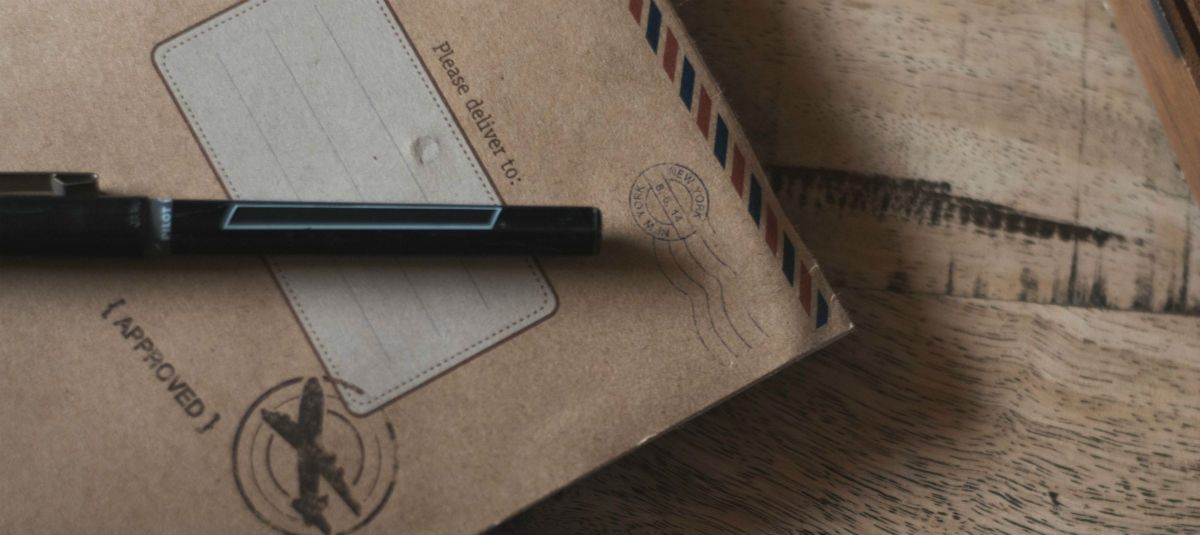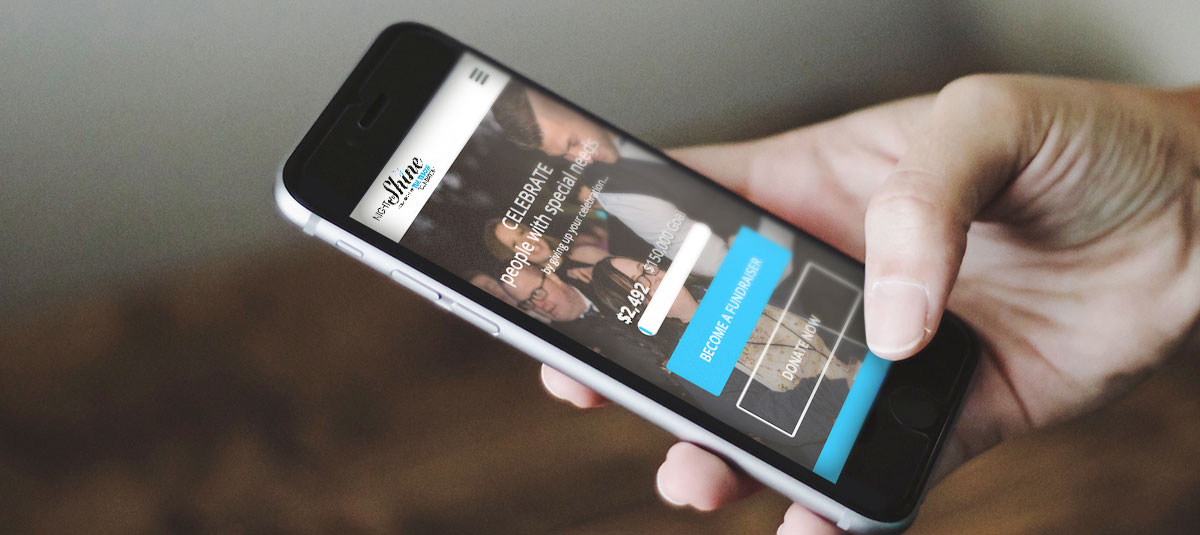Postage Price Increases: How to Plan for the Proposed Change

There’s a postage price increase among us. Here’s what your nonprofit can expect.
Multiple news outlets reported that the United States Postal Service (USPS) increased its postage costs, effective August 29, 2021. This is not the first hike to postage prices within the last five years. We know a good majority of nonprofits still rely on direct mail to drive fundraising, many of which are already on a tight budget. This postage cost change serves as an important signal to review your fundraising operations.
In fact, there’s a potential upside for your nonprofit here, especially if this spurs you to test new approaches with online fundraising. To provide insight into the opportunities that come with this news, we met with the following industry experts:
- Audrey Phillips, associate manager of scaled customer engagement at Classy
- John Stauffer, managing director of strategic planning and channel strategy at DEG
Below, we’ll go over the details of the price increases, what it means for your nonprofit, and tactics to reevaluate your direct mail program and strengthen your online fundraising strategy to potentially increase your revenue.
Postage Price Increases Explained
First, let’s take a moment to review the news. The Postal Regulatory Commission (PRC) has officially approved the new postage costs, which have now:
- Increased costs to send a metered letter by two cents
- Increased price of standard stamps from 55 cents to 58 cents
- Increased First-Class Mail (FCM) prices by 6.8%
To the average consumer, these price increases may not seem like much. But nonprofit professionals know that these increases have significant impacts on marketing their campaigns and sharing their mission through direct mail outreach.
With the price of stamps for a letter increasing from 55 to 58 cents, your cost might suddenly jump from $2.5 million in postage to $2.64 million: a $140,000, or 6% increase on your overall budget.
Pro Tip: To qualify for bulk rate prices, you must meet a minimum quantity of 200 pieces of mail or 50 pounds of mail. Make sure you check with the USPS for more details on pricing.
Where is this extra 6 percent supposed to come from? If your budget has been approved for the next fiscal year, but you suddenly need an extra $140,000, you might not be able to send the same amount of direct mail you did last year.
Battle Postage Cost Increases With Online Fundraising
Increased postage costs are pushing nonprofit marketers to be even more strategic about how they approach their direct mail strategy. You’re left with a few options:
- Find money to increase your budget and maintain the reach of your current direct mail program
- Cut your direct mail distribution to fit your existing budget
- Rethink what direct mail you send out and opt for cheaper pieces of mail, like a postcard instead of a pamphlet, to maintain your reach and existing budget
Regardless of how you choose to account for the price increases, online fundraising can help extend the legs of your fundraising revenue to cover this gap with low-cost, high-return methods that can supplement your direct mail efforts.
Below, we’ll share tips on how to bring offline and online fundraising together as well as explain how these strategies can help offset the cost of the proposed price increases.
Send Postcards With a Link to Your Online Fundraising Page
Postcards, as mentioned, are cheaper pieces of mail to send rather than bulky mailers. Send a branded postcard that includes a brief message and link to your online donation form or campaign page.
You could use a QR code on the postcard that readers can easily scan with their smartphones or tablets and be taken directly to the intended page. Although QR codes are a common tool businesses use nowadays to easily direct consumers to a webpage, it could be a good idea to include brief instructions on how to scan the QR code, just in case your direct mail recipients are not as familiar with this technology.
Use Attribution Links
It’s a general rule of thumb to include URLs to your online fundraising campaigns on every piece of direct mail you send. However, you can take this strategy a step further by making it an attribution link, so you can track who received your direct mail and then chose to make a gift online.
This ensures that, as your links get sent out to the world, the original source is represented. You’ll know which specific segments and demographics are landing on your campaign page based on which specific link they use.
For example, you could make use of Classy’s source code links. These are unique identifiers that represent a fundraising appeal or marketing activity, and can be used to track the effectiveness of specific efforts.
For your direct mail, you could include a link to your year-end online fundraising campaign on every piece of direct mail you send out asking for year-end donations. The parameters could look like this:
- Source 1 = Year-End-Direct-Mail-Appeal; Source 2 = November-Mailing
Pro Tip: Consider using a link shortening tool like bit.ly once you create the links. When it comes to your direct mail, the shorter the link you include the better.
You’ll know precisely which and how many people from your November batch of mailings went to your online year-end campaign and made a donation. Your organization is able to create as many different source code links as you want, which can include parameters to correspond with things like different direct mail segments, time of mailing, or donor demographics.
There’s a big payoff in multi-channel promotions and being able to link a specific piece of direct mail to an action. You need to know who your donors are, and what different channels they use so you can maximize your response rates.
When you know what groups are most responsive, you can allocate your direct mail budget to the areas where it will have the most impact.
Collect Email Addresses
In addition to including your online fundraising campaign URL on direct mail appeals, include a section for supporters to write in their email addresses when they mail a donation. This way, you can begin to transition donor segments off your direct mail list and onto your email appeal list.
This is important, especially if your direct mail budget is stretched thin and you have to send fewer pieces due to the postage cost increases. Once someone responds to a piece of direct mail with a gift, and the email address written in, add them to your email distribution list.
When the time comes for your next appeal, send a piece of direct mail to these people and send them an email appeal. As soon as they respond to your online appeal over the direct mail appeal, and make an online gift, you can remove them from your direct mail list.
The hope is that when someone donates online, they won’t go back to offline donations. This can free up money in your direct mail budget and help you more easily engage supporters through online communications.
Transition Checks to Recurring Gifts
Many offline donors give regularly via check, making them prime candidates for your recurring giving program.
Coordinate your staff to execute a call blitz to these regular donors, and ask them if they’d like to set up an online recurring gift instead. If your offline donors are older, there’s a chance they might not know how to set up a recurring online donation on their own, so your team can use this opportunity to set up the gifts for them over the phone.
An individual, especially one who’s less savvy with technology, might not ever get to setting up a recurring online gift themselves, so having someone help them do it over the phone can make a world of a difference.
Explain to these supporters that instead of having to grab their checkbook all the time, they can just set up a gift once and let it run. You can take their credit card information over the phone to set up their gift, or if they have something against credit cards, Classy Pay allows them to give via ACH (among other payment options like digital wallets), which essentially acts as an e-check. This makes it easier for your organization too, as there are no credit card expirations for ACH.
You can also help them select their preferred frequency for their recurring donation.
When you get these offline donors to transition to online, it becomes easier for both your nonprofit and supporters to manage their giving.
Leverage Matching Campaigns
Encourage online giving by tweaking the incentive of the matching gift period. More people give when there’s a match, especially if it’s from a reputable source. Like taking your link one step further with source codes, you can extend the power of a matching gift period as well.
Maybe you have a one-to-one match for donors who give offline through your direct mail appeals: $50 gets $50. When it comes to online, though, you can have a two-to-one matching gift to incentivize people to give online: $50 gets $100.
This is a great way to encourage more online donations while simultaneously increasing your online fundraising revenue. That increase in online revenue can potentially help offset the cost of your postage as well.
Keep Your Offline and Online Branding Consistent
Many nonprofits who send direct mail work with third-party firms or mailing houses. If you do, it’s crucial you clearly communicate your vision, mission, and branding with them so that your online and offline efforts are consistent.
Tell your direct mail firm that you expect your branding to be aligned across the materials you create, and what they create for you.
If your nonprofit’s message is one of hope and prosperity, it could be counterintuitive to let these third parties send pieces of direct mail that emphasize negative elements your team is combatting, like images of suffering children. Without this brand cohesion, you risk a disjointed and confusing message, especially if you’re linking someone to an online fundraising campaign that prioritizes positive messaging.
It all boils down to the donor experience you provide for your audience. When your branding and imagery look and feel the same across direct mail, social media, email, and online campaigns, it can help drive donations.
Hyper-Segment Your Mailing List
If you’re unable to send the same number of direct mail pieces due to postage cost increases, you will likely have to hyper-target and segment your direct mail audience. All of the above tactics can benefit from aggressive segmentation of your customer base, and a personalization mindset from your nonprofit.
John gives us the example of a wildlife conservation nonprofit that has a specific donor who supports the protection of elephants from poachers in Africa. This nonprofit may have countless other programs focused on other wildlife, but they’ve got to target this supporter with elephant-related appeals.
You have to know what a particular person is most interested in and what got them to donate. This has a huge impact on your direct mail outreach.
When you know what your audience likes, down to the very program they support, it’s less of a gamble when you send them a hyper-targeted appeal. The chances are high that someone who previously supported an elephant-related program will support an elephant-related program again. With this strategy, your direct mail budget has a potentially higher return than if you simply mailed appeals for an elephant program blindly.
Despite the fact that the USPS has increased its postage costs, it’s not the end of the world for your organization. Direct mail can still play a central role in your fundraising, but there’s a major opportunity in augmenting those efforts with online fundraising.
In any situation, Classy has you covered and can help in your journey. Reach out below and talk with our team today for even more insight and strategy.

Ready to Grow?
Subscribe to the Classy Blog
Get the latest fundraising tips, trends, and ideas in your inbox.
Thank you for subscribing
You signed up for emails from Classy
Request a demo
Learn how top nonprofits use Classy to power their fundraising.



